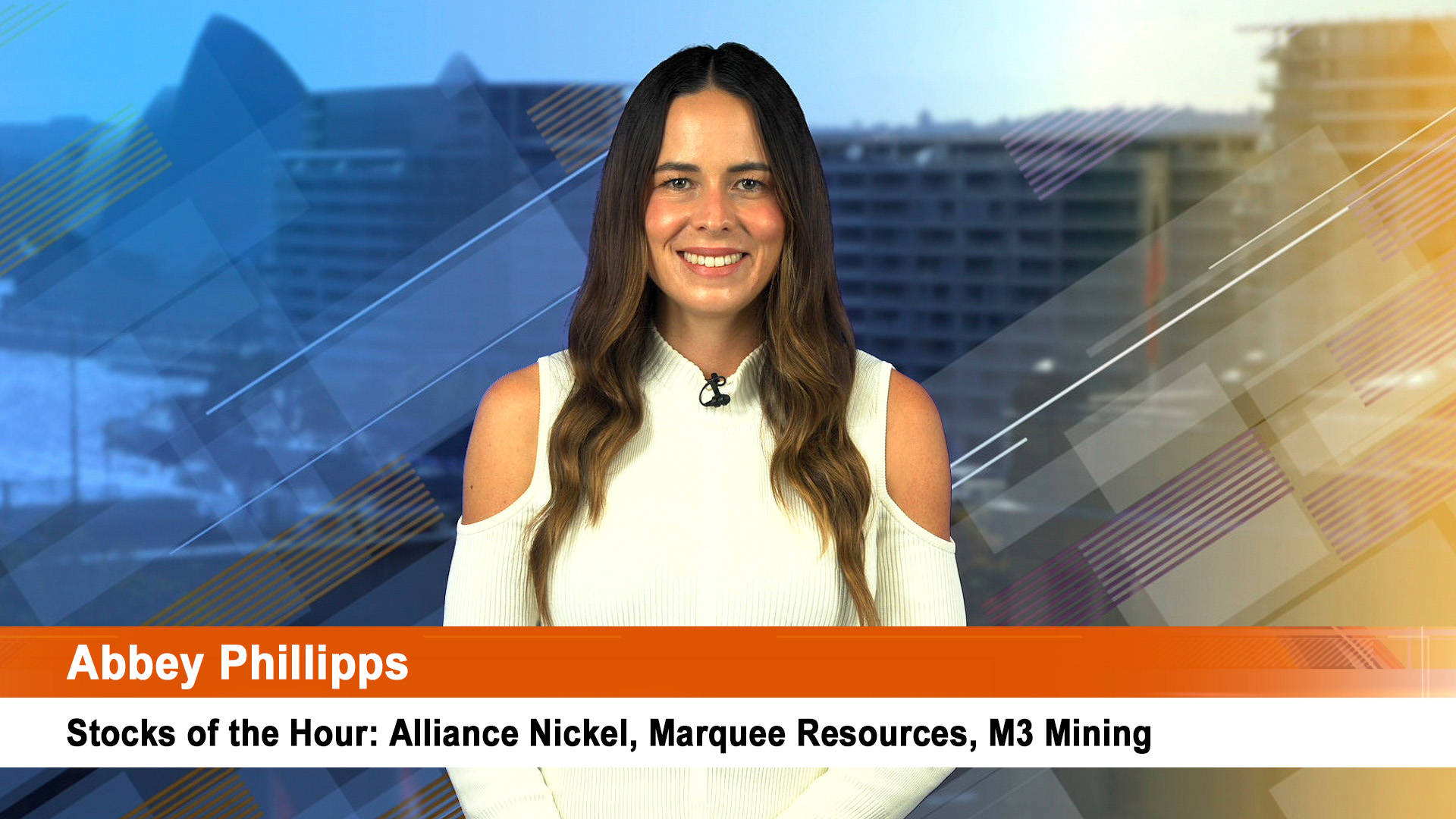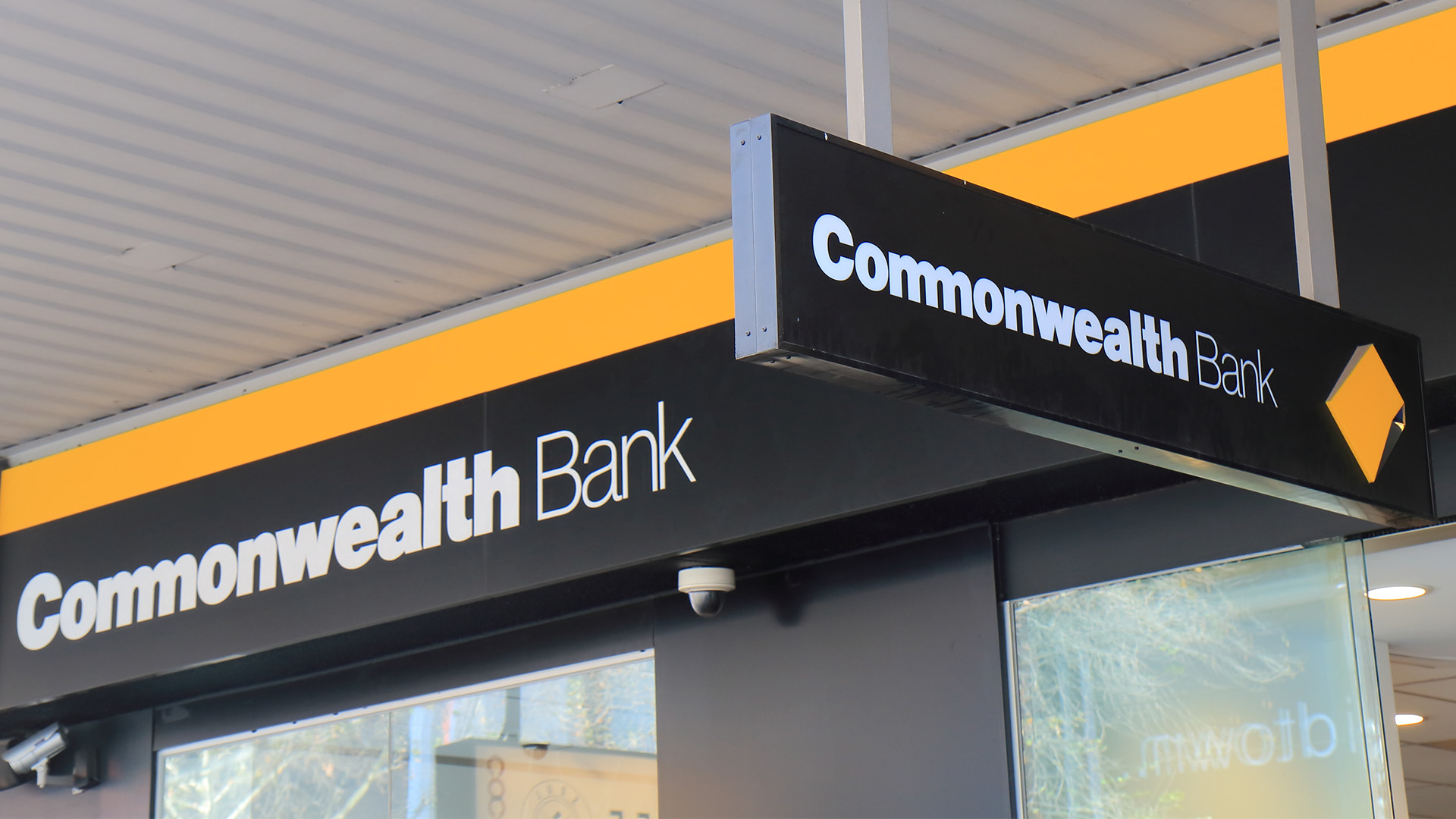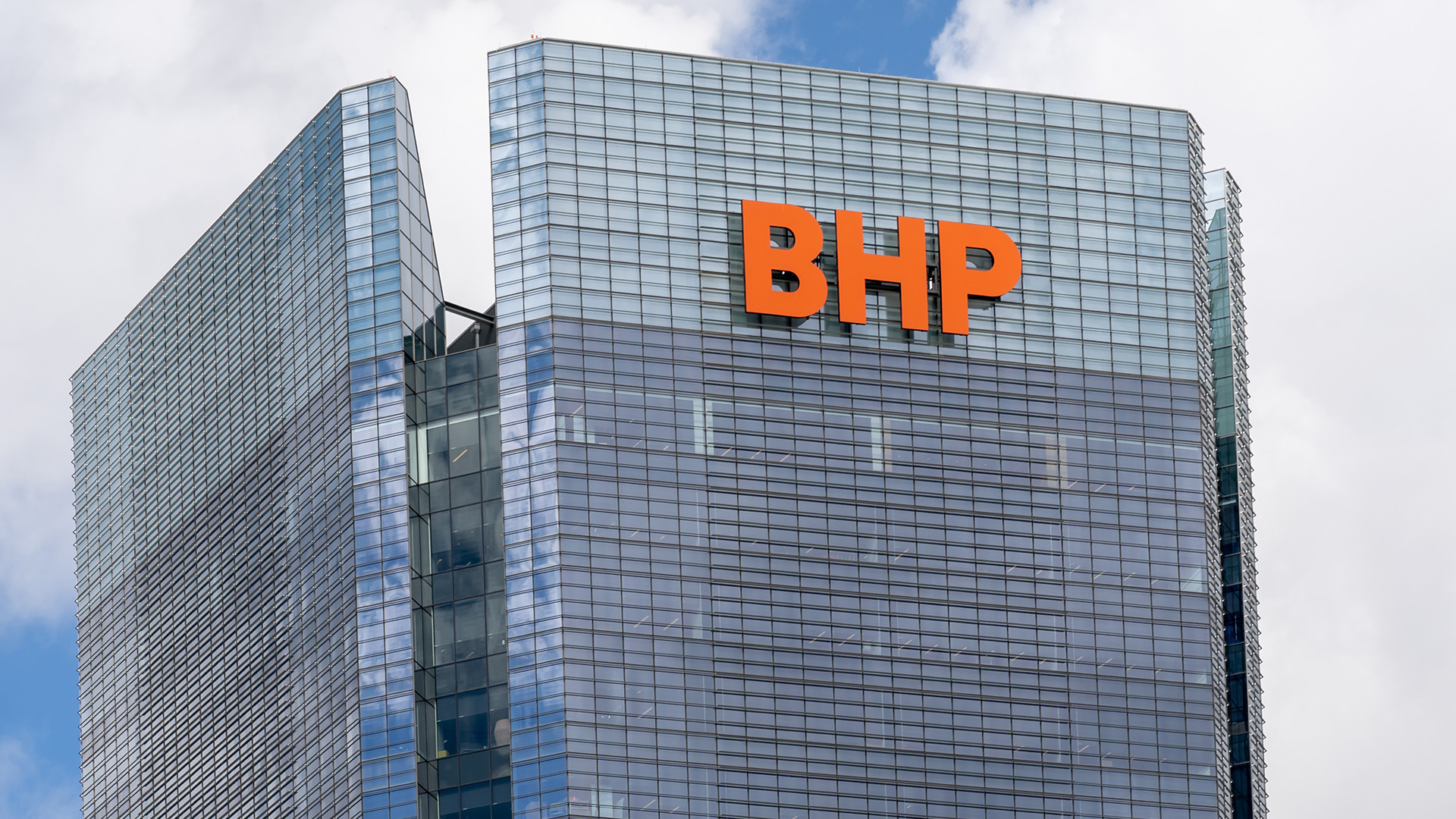
It was a less than stellar result from the Happy Dragon, St George Bank.
The country’s smallest ‘big’ bank experienced its first fall in profit in six years on higher bad debts, funding costs and a tax charge (that’s being disputed).
Net after tax profit including one off items fell 10% to $514 million in the six months ended March 31, from the $572 million earned in the first half of last financial year.
On a cash earnings basis though (which is preferred by the various banks), profit rose 6.2% to an all time high $603 million; but it was a record overshadowed by the detail in the profit announcement.
To make sure shareholders remained happy, interim dividend was boosted 6 cents a share to 88 cents, a payout ratio of a very high 81%.
And to try and encourage shareholders into taking shares instead of all cash dividends, a discount of 2.5% will be applied to shares taken in the dividend reinvestment program, another sign of a bank looking to minimise the cash outflow (As the ANZ has done with its DRP being underwritten to ensure it gets as much cash as possible).
And the global credit crunch, which is not going away, and associated stockmarket turmoil, which is easing from the high levels of earlier in the year, has forced St George Bank to cut its earnings forecast for the rest of this financial year from a 10% increase to one in a range of 8%-10%, so long as there are no ‘material one off’ events (such as a big company collapse it may be exposed to).
The bank had only reaffirmed its long standing 10% target in February, about six weeks from the end of the March half.
Now it says a $20 million credit loss on a margin loan and the slowing domestic economy will see its target for earnings per share growth drop to within a range of the 8% to 10%.
The bank said cash earnings of $603 million would have been higher – $626 million and up 13% – if it had not been for a $23 million post-tax reversal on its large mortgage insurance investment portfolio which took a hit because of the January slump in equity and financial markets.
But it was the cost of ‘significant items’ (or one-offs) at $93 million – including a large tax bill following a decade long battle with the Tax Office and a $30 million charge to cover future restructuring plans – took an even greater toll of the final after-tax result.
The crunch and market turmoil has also seen St George increase its provisions for possible bad debts following the highly public troubles of clients such as Centro and Allco Financial Group.
It also revealed that it had made a specific pre-tax provision of $20 million to cover a margin loan secured by shares in the debt-stricken and ASX-listed property company Octaviar, previously known as MFS, but didn’t make a specific provision against the struggling Centro and Allco because it said they were still performing: with the support of their banks, including St George it may be said.
St George has previously disclosed that it has a fully-secured $458 million exposure to Centro and a $60 million loan out with Allco which is not secured.
Brokers say the house price figures showing a 1.5% drop in Sydney house prices in the March quarter and sluggish building approvals and home sales in the state, St George’s main market, mean a tougher time is head for the bank in housing and property
The bank’s cost to income ratio eased to just over 42%, a solid effort given the turmoil.
Its interest margin declined 5 points to 1.92% from 1.97%, thanks to the credit crunch and higher funding costs.
"The higher net funding costs of $13 million ($9 million after tax) comprise a $28 million pre tax expense due to the widening spread between official cash rates and 90 day bank bill rates and a $7 million pre tax expense due to the higher cost of wholesale debt. This has been substantially recouped with a $22 million pre tax benefit obtained from repricing housing loans over and above the cash rate," the bank said in its profit announcement.
It had done this by boosting home loan rates to a high 9.47%, with around 0.35% of extra increases on top of the Reserve Bank’s increases in the half.
Retail and business deposits rose (as they did at other banks) as worried investors of all sizes held on to their money and companies retained cash, or sought bank loans instead of going directly to the market.
St George said retail deposits were up 14% to $51 billion while home loans grew by 10% over the half year to the end of March. Business banking was up by more than 30%, better than the 22% implied in the Reserve Bank’s credit aggregates, but in keeping with the move to reintermediation caused by the credit crunch shutting markets.
The impact of the credit crunch was seen on St George’s securitised assets: they fell by around $3 billion in the half to just over $16.5 billion, compared to the first half of the previous year. St George and other banks and non bank lenders were unable to securitise any loans in the March quarter (the last three months of the half year).
St George raised its figure for impaired loans by $25 million during the first half with the charge now standing at $118 million. Total provisions stand at $550 million. But while St George’s experience mirrors that of rivals Westpac and ANZ who also revealed higher amounts set aside for poor loans, the $25 million increase was small compared to hit of $980 million taken by ANZ.
St George shares fell 76 cents to close at $26.98 after touching a day’s low of $26.50.













